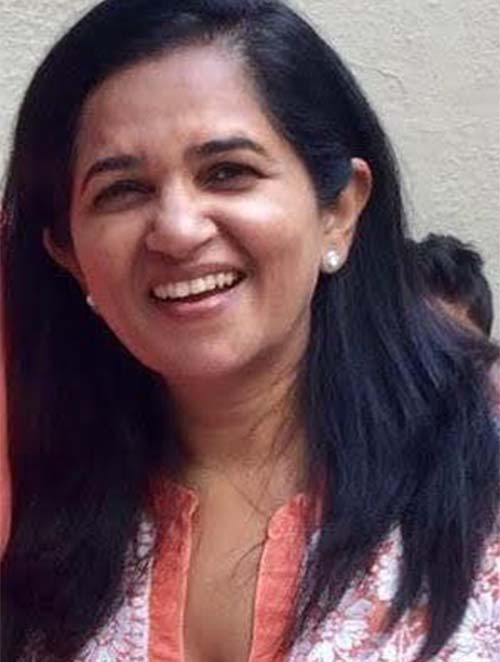Falling of Your Little One’s First Set of Teeth – A Guide to your child’s dental health
 11488
11488

super easy
On becoming a new parent, it does seem that you are constantly trying to confirm if your little one is meeting his/her milestones on time. One of the most precious and big moments (almost as big as when the babies first tooth comes through the gums) is when your child is paid a visit by the tooth fairy. Following is some information on when you can expect your munchkin to start losing their milk teeth, get their new set of permanent teeth, general concerns, and potential difficulties – and what you should be conscious of regarding your child’s dental health.
Baby Teeth Timeline
Each child has his/her own timeline for their teeth to sprout and then lose those milk teeth. When new teeth start to appear, the process is officially termed as eruption. While this set of teeth is often considered as baby teeth (also known as primary teeth or milk teeth), they are formally termed as deciduous teeth. In total, children have twenty baby teeth to eat their snacks.
At a glance
Most children begin to lose baby teeth by the age of six. Children lose baby teeth in the same order that they appear. The lower central incisors are generally the first teeth that appear at around six months of age All children lose their teeth and grow that jack-o’-lantern smile according to their own timeline.
Your child will start the teething process by around six months of age, and this continues till around the age of three. From the age of six onwards, a child starts losing their baby teeth, and this continues till they are around twelve years of age. By the time a child reaches his/her teenage years, they have a total of thirty-two permanent adult teeth.
Why Two Sets of Teeth?
You must wonder as to why do baby teeth fall out anyway? Well, the answer is that baby teeth act as placeholders that create space in the jaw for the future set of permanent teeth. Most children begin to lose baby teeth by the age of six. When a permanent tooth is ready to sprout, the root of the baby tooth starts to dissolve until it completely disappears, and at this point, the tooth becomes loose and is held only by the immediate gum tissue.
First Come the Central Incisors
Typically, children lose baby teeth in the same order that they appear. The lower central incisors are generally the first teeth that appear at around six months of age; thus, they are also the first to become loose and make space for the child’s permanent teeth when they are about six or seven years old. Post the lower central incisors, the upper central incisors erupt and make way for the larger upper central incisors. Some children find the whole process of losing teeth really exciting, and some may get upset, as something that they thought was permanent is not. Similarly, children may experience a little discomfort or pain in losing a tooth. Once your child loses a tooth:
- Get your child to rinse his/her mouth with a simple saltwater solution that helps clean the gums.
- You could also use a bit of gauze to cover the area from where the tooth has fallen (socket).
- Apply a wet cloth once the bleeding has stopped if discomfort or pain persists.
Next in Line are the Lateral Incisors
After the central incisors fall, the next in line is the lateral incisors. Typically, the upper lateral incisors fall first by the age of seven or eight, and your child will be a lot more comfortable with losing their tooth this time around.
Then Come the Primary First Molars
The teething process may be uncomfortable for babies in general, and the eruption of molars is usually more painful for babies and toddlers. However, the primary molars (first molars) usually are not that painful when they fall or are replaced by permanent molars. These primary first molars usually fall between the ages of nine to eleven.
The Curtains Draw with the Primary Second Molars and Canines
The last sets of a child’s teeth to fall are the primary second molars and the canines. The primary second molars are the last of the baby teeth that a child loses between the ages of ten to twelve, and the canines fall between the ages of nine to twelve. As a child grows, so does his/her jaw to house the larger permanent teeth. Once a child reaches the age of thirteen, he/she should have a full set of permanent teeth.
What if My Child Misses This Timeline?
The timeline that has been detailed is nothing but a general guideline. If your child’s teeth took time to erupt, then you should expect the same as far as losing their teeth is concerned. However, if your child misses his/her dental milestones by over a year, then it is recommended to speak to your child’s dentist.
Setting Up Dental Visits
Irrespective of what is or what is not happening with your child’s teeth by his/her first birthday, it is recommended to set up an appointment with a dentist and post that, it is recommended that a child visits a dentist once every six months.
Conclusion
All children lose their teeth and grow that jack-o’-lantern smile according to their own timeline. The essential thing for you to do is educate your child on maintaining good dental hygiene so that long after the baby teeth fall and are forgotten, their permanent teeth are in good shape.
Follow us-
Instagram/ Facebook/ Youtube/ Pinterest
Also Read:
How to teach Spanish to Kids and Benefits of raising a Multilingual Child





Leave a Reply